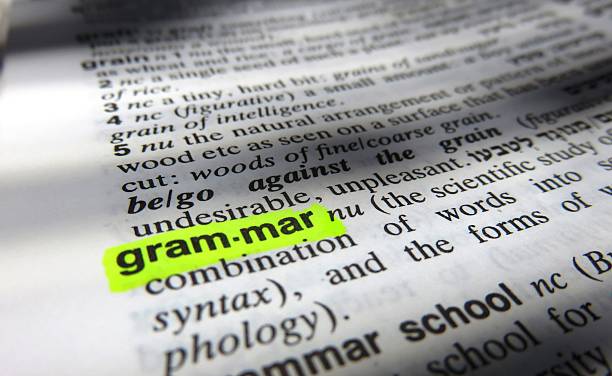Short, steady reading builds better sentences faster than long, random cram. When the brain sees clean lines each day, patterns settle in: where commas pause a clause, how verbs match their subjects, why short words beat pompous filler, and when rhythm carries a point. A tight routine also fixes common stumbles that show up in emails, cover letters, and captions. The trick is to keep the load light and the source clean. Ten focused minutes a day – plus a simple way to capture what stands out – turns scattered rules into habits that live in the hands. With a few cues and a small loop that fits any schedule, grammar starts to feel less like a set of rules and more like a tool that keeps ideas sharp and easy to read.
Why micro-reads sharpen grammar fast
A micro-read is a short, well-made piece that can be finished in one sitting without skimming. The goal is quality over quantity: fewer words with clearer structure. This format helps the eye track clauses, the ear catch cadence, and the mind notice how parts fit. When paragraphs are tight, the job of analysis gets easier. Subjects line up with verbs. Pronouns point to clear nouns. Modifiers sit near the words they change. After a week, sentence choices start to sound right before a style guide is opened. Focus each session on one feature – articles, prepositions, or commas – and the brain learns to spot it under pressure, which is where mistakes often appear.
Clean sources matter, and a good reading lane is half the job. A light, fast hub with short explainers keeps friction low – a simple example lives here – and that kind of source makes it easy to finish a piece, mark one line that worked, and move on. Link a note to the best sentence of the day and name the feature that made it work: a crisp subject–verb match, a tidy parallel list, or a firm final clause. The goal is to copy the pattern into active writing, not to stockpile quotes. After ten minutes, stop, breathe, and close the tab. The hard stop protects attention and turns practice into a habit that returns tomorrow.
- Pick one clear piece – under 500 words with plain headings and no pop-ups.
- Read once for gist, once for form – on the second pass, circle one sentence that feels smooth.
- Name what works – subject–verb match, modifier placement, parallel structure, or period choice.
- Rewrite that sentence twice – once shorter, once with a new noun–verb pair to keep meaning.
- Paste your three lines in a note – original, short, and swapped – and tag the feature.
- End with a 2-minute quick write that uses the same feature in a work-style sentence.
Punctuation practice with real-world snippets
Punctuation carries pace and meaning. Good micro-reads show how marks guide a reader from claim to proof without noise. The period ends a thought with certainty. The comma separates parts that need a breath but belong together. The em dash – used sparingly – adds a sharp aside without breaking the line. Quote marks hold a voice in place. A colon points to a promised list or outcome. During a session, trace how a writer uses two marks in one paragraph, then copy the shape into your 2-minute quick write. If commas sprawl, try a cleaner split: two short sentences with strong verbs will often read better than one long one. Over time, marks stop looking like traps and start acting like turn signals for the reader’s eye.
Style without fluff – teach the ear, then the hand
Style grows from steady exposure to clean lines. When the ear hears plain words that carry weight, the hand starts to write them. Micro-reads help because the text is short enough to notice sound. Read one sentence aloud each day and listen for stress on the right words. Verbs should do the work; adjectives should step aside. Nouns should be concrete, so readers can picture what happens. If a clause drags, cut it. If a word hides inside a longer word, swap it – use start, end, show, or fix instead of fancier cousins. Set a personal “no-list” of filler you often reach for, and keep it in view. With each small cut, clarity rises, and the writer behind the line sounds calm and sure rather than crowded by fluff.
Bring it together for next week
Plan seven short sessions, each with one focus: subjects and verbs on Monday; articles on Tuesday; commas on Wednesday; prepositions on Thursday; parallel lists on Friday; pronouns on Saturday; and cadence on Sunday. Keep the same loop – read, mark, rewrite, quick write – and store your three-line sets in one note, so progress is easy to see. At week’s end, copy the cleanest quick writes into a “ready to use” file. Those lines become email openers, report bridges, and social captions that read smooth under time pressure. With this small practice in place, grammar supports ideas instead of slowing them down – and the page starts to feel like a place where work moves with ease.



